Last night (31 January) people around the world watched on as a rare lunar event took place before their very eyes - a Super Blue Blood Moon.
In the UK we were only treated to the ‘super’ and ‘blue’ parts of the celestial spectacle (the blood comes from the occurrence of a lunar eclipse which was not visible in Western Europe).
But don’t feel left out, we have collected the best pictures from around the world that show all three parts of the rare Super Blue Blood Moon, a phenomenon that was last visible to Earth in 1866.



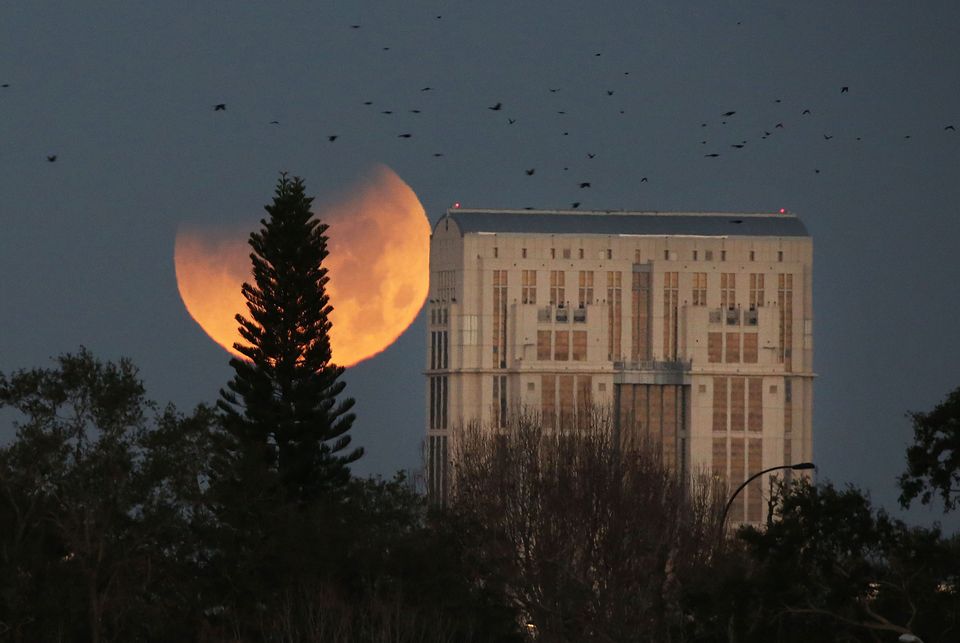

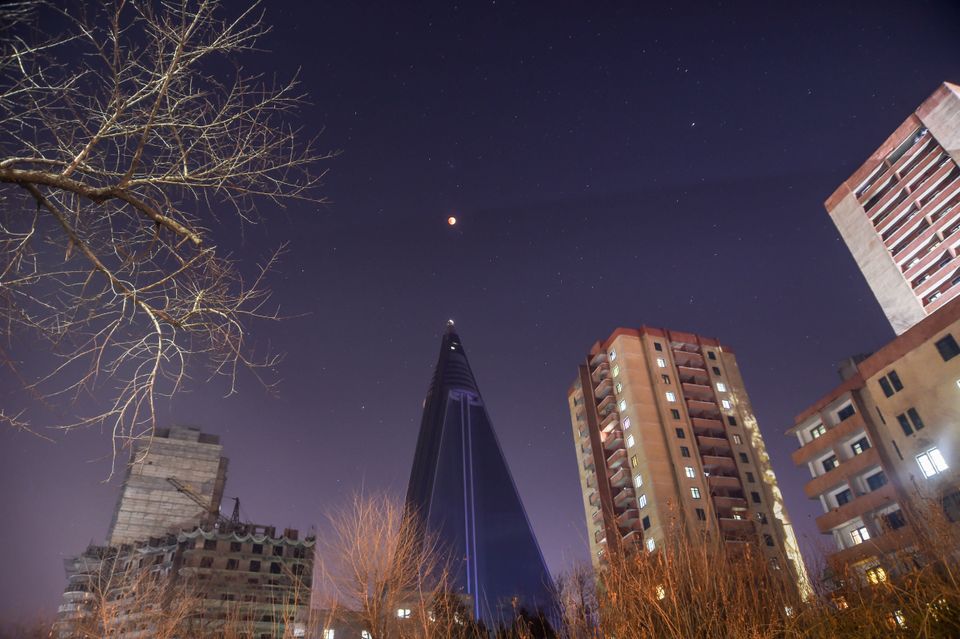
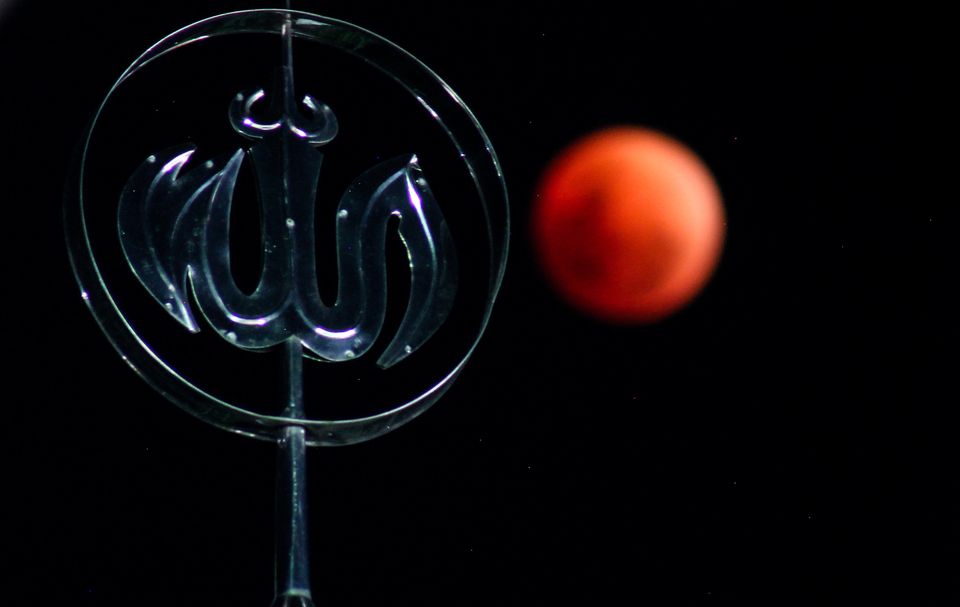
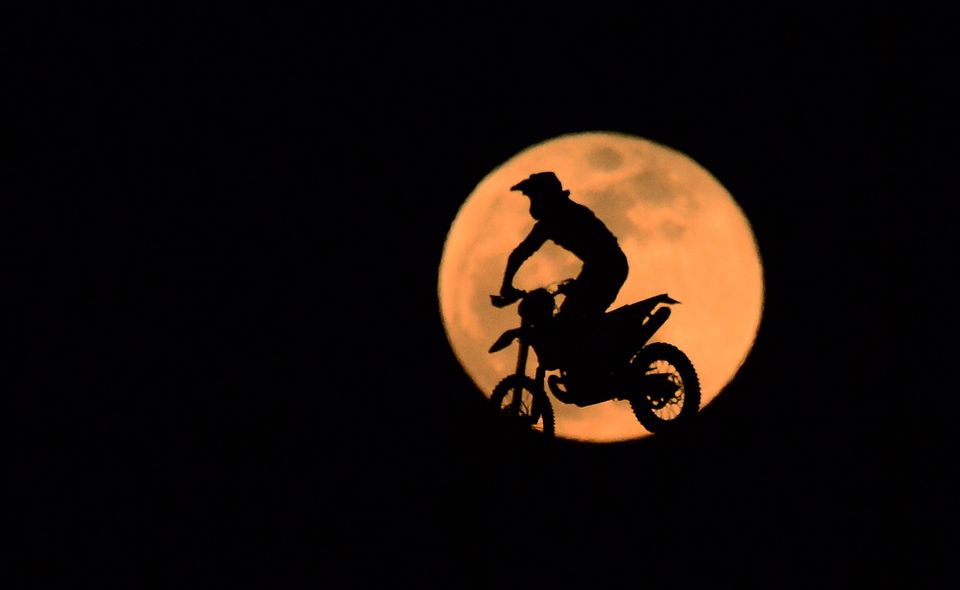
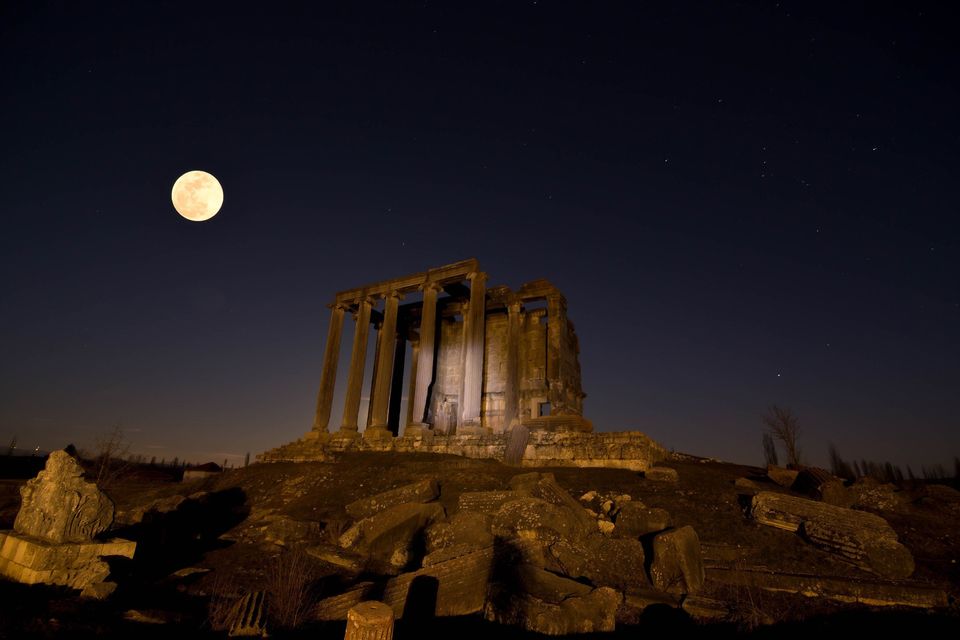
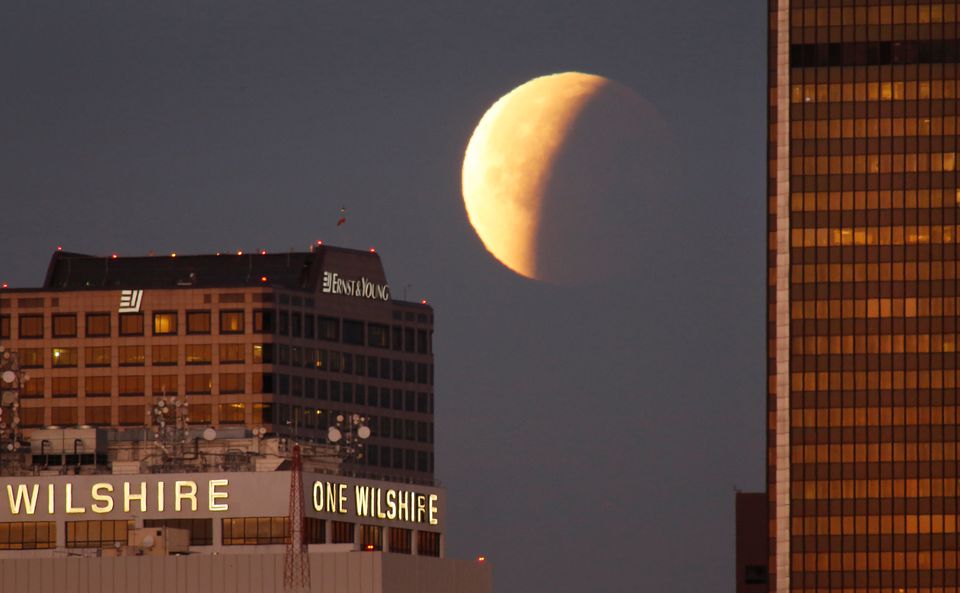
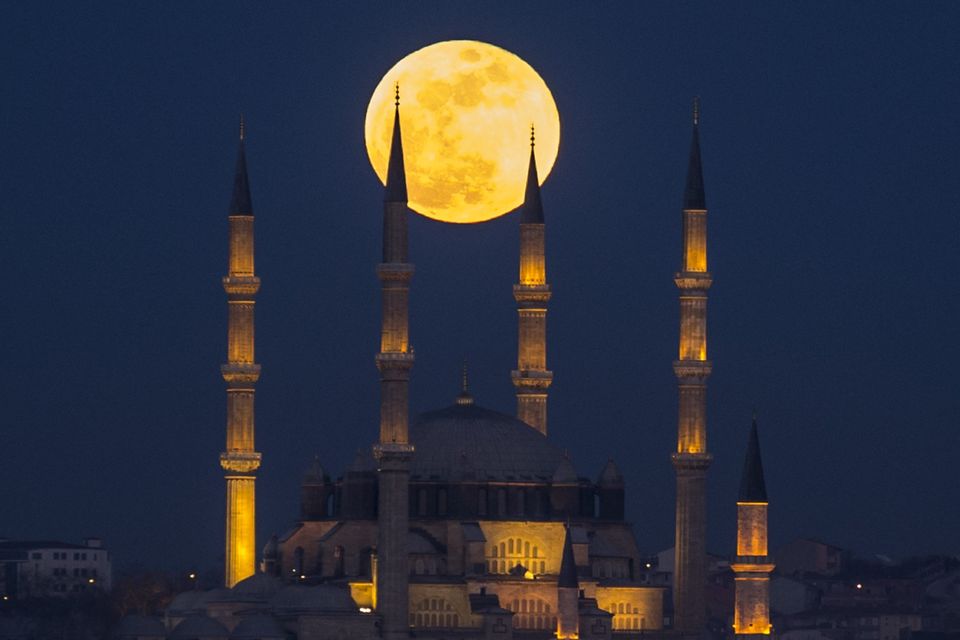
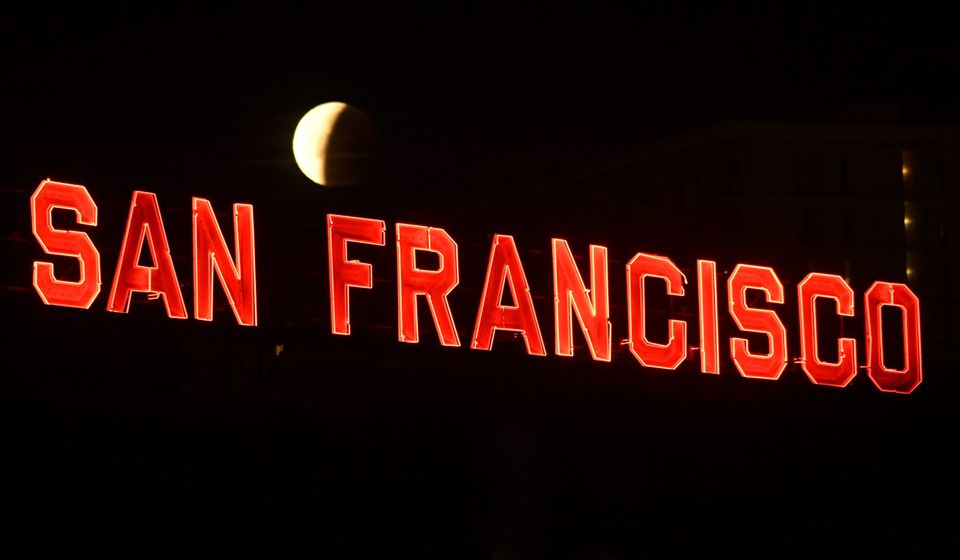


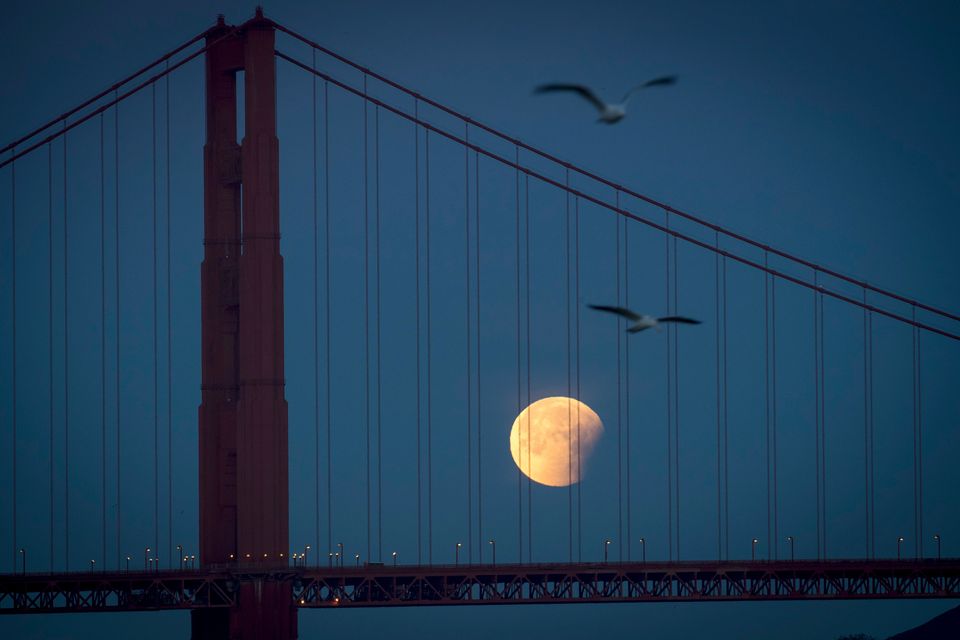
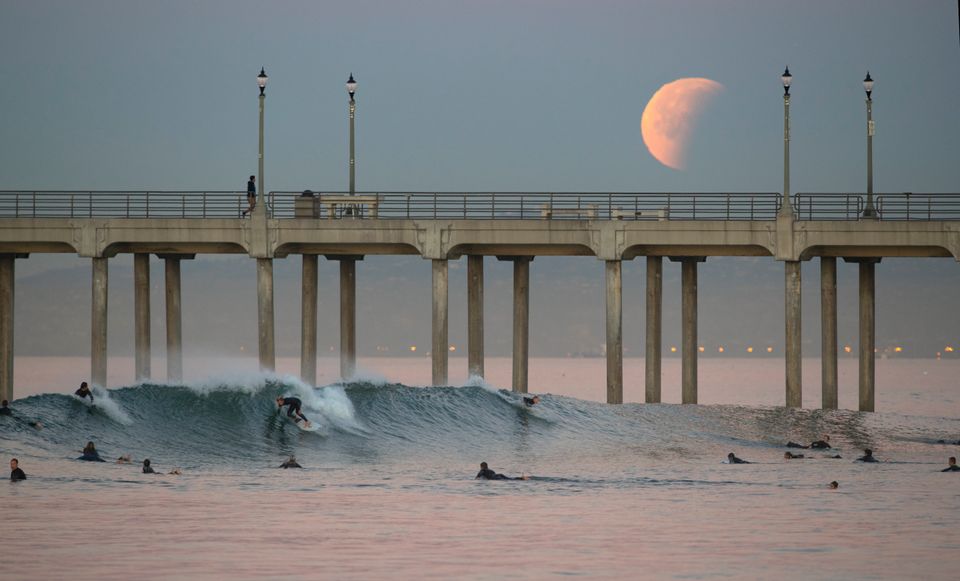


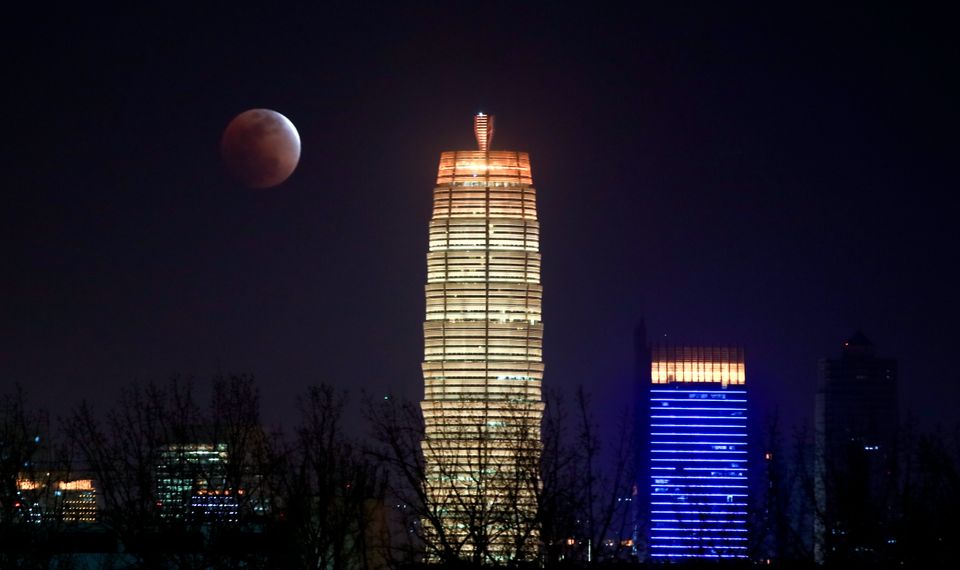

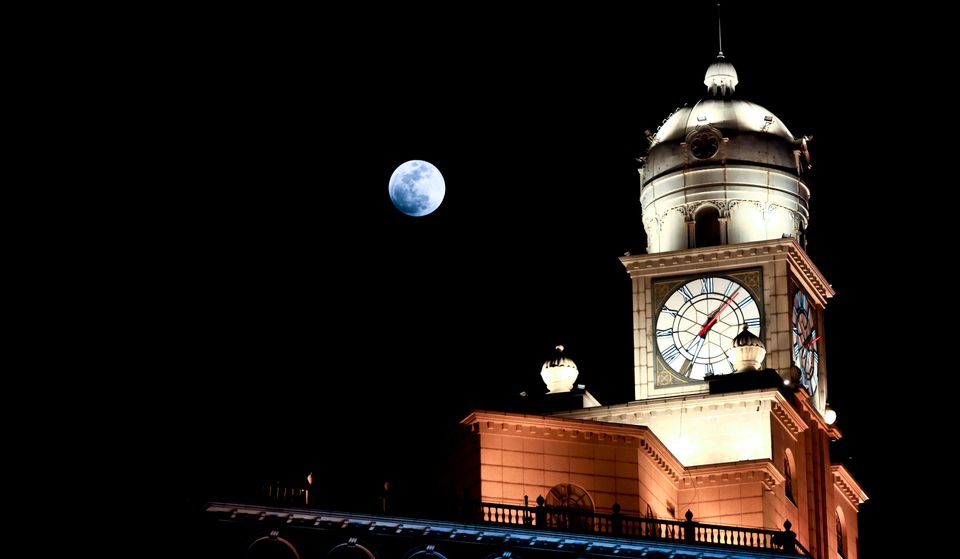

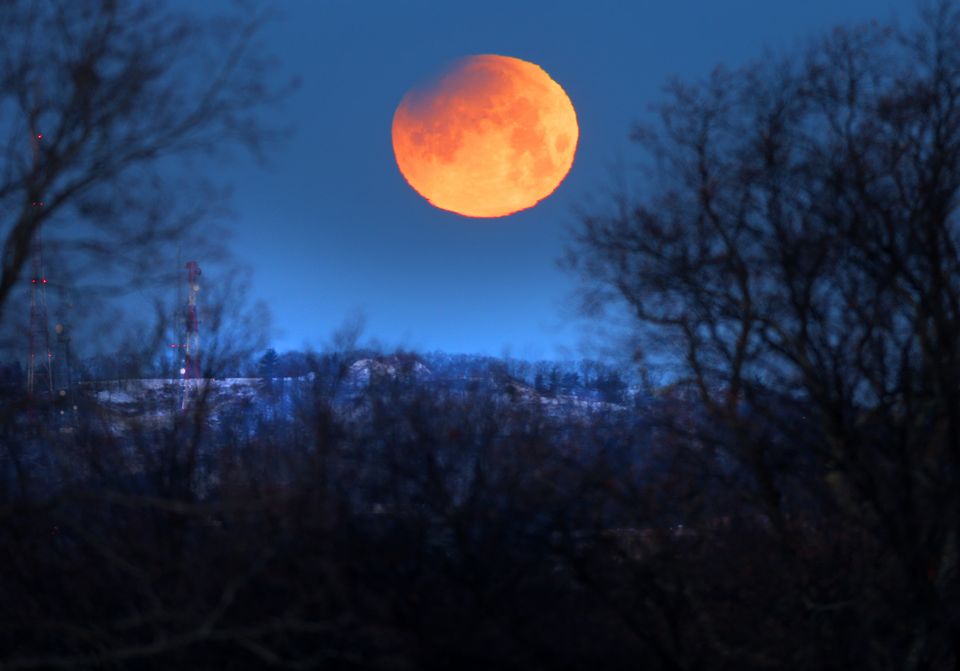
What is a Super Blue Blood Moon?
A Super Blue Blood Moon is basically the coincidental collision of three separate lunar events at one point in the calendar.
A supermoon happens when the moon enters perigee - or passing through the closest point to Earth in its orbit - appearing 7% bigger and 14% brighter. This is the third time this has happened in 2018, says NASA.
The blue part of the name originates from the fact it will be the second full moon of the month, commonly called a blue moon.
And on the very same night as both those occurrences, there will also be a lunar eclipse, which causes the blood moon. As the sun is blocked out from view by the passing of the moon, it turns a deep red colour.
This is because some sunlight skims through the atmosphere and gets slightly refracted or bent towards the moon.
Together they all make the Super Blue Blood Moon.
